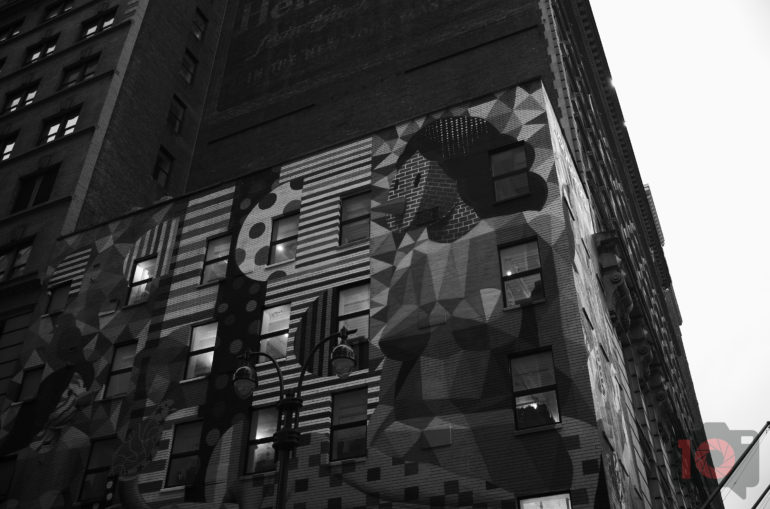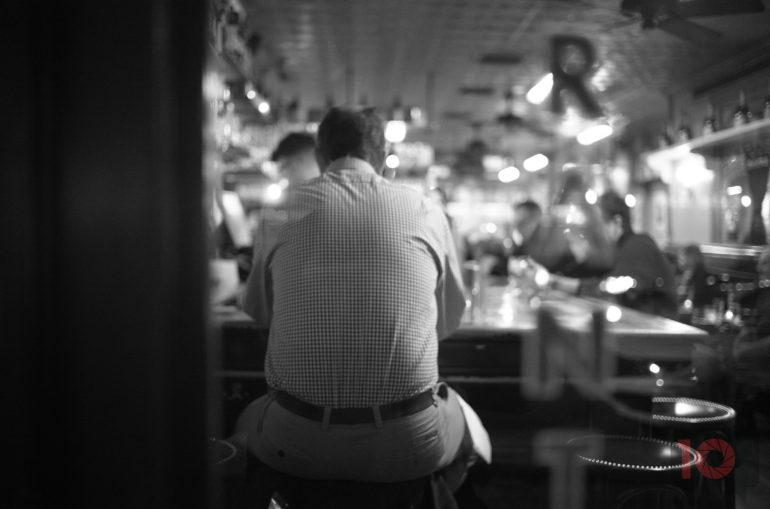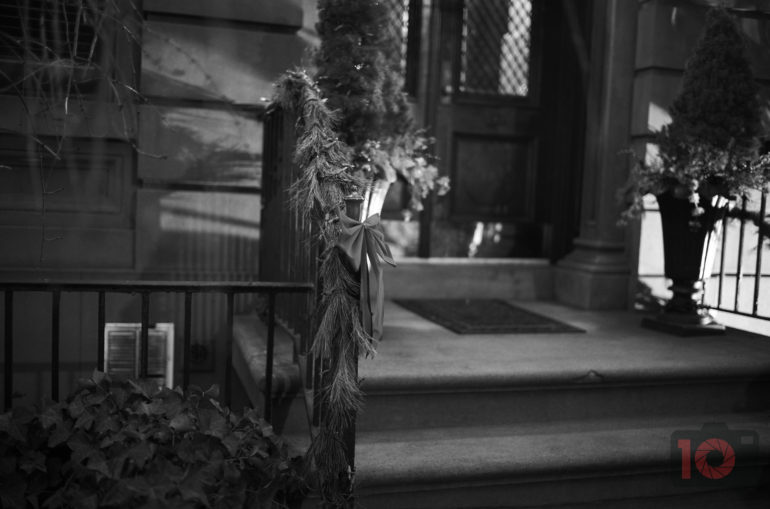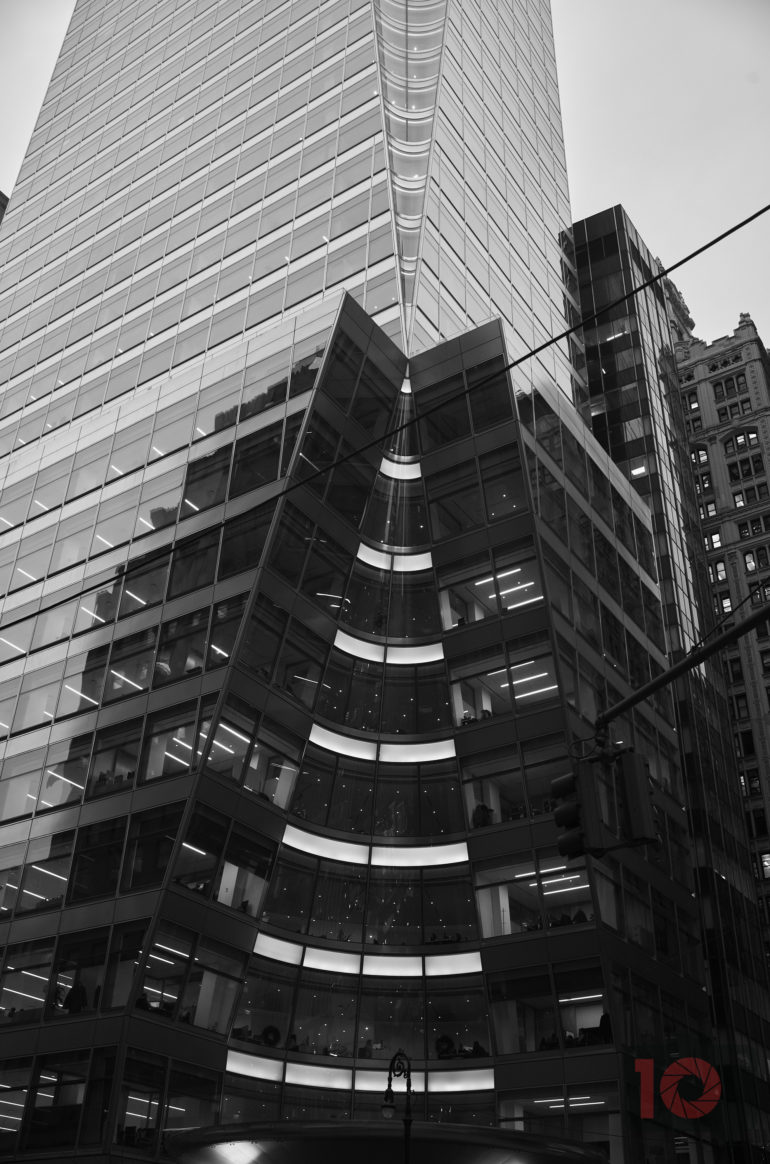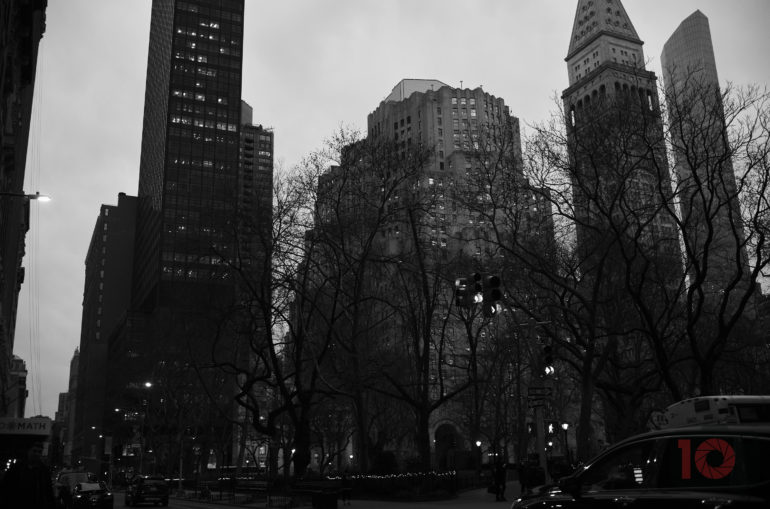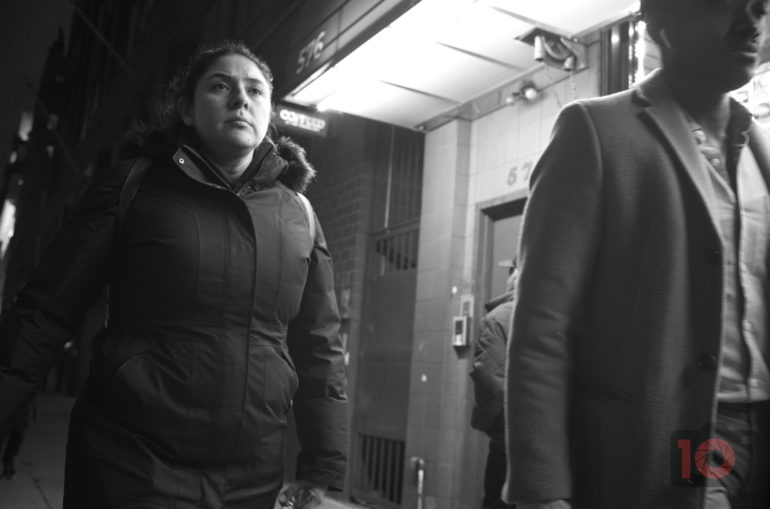The Leica M10 Monochrom is much more than just a black and white sensor.
“That’s a new one for you folks,” is what I said when being briefed on the new 40MP sensor at the heart of the Leica M10 Monochrom. Indeed, it’s not just the Leica M10’s sensor with the Bayer array removed, but something completely new. The 40MP sensor is optimized for detail and dynamic range. One could argue it’s mid-way between the Leica Q2 and the Leica M10, but the truth is that it leans more towards the Leica Q2 when it comes to resolution. If you’ve never held a Leica M10 or even know how to use a rangefinder, this camera is the one that will probably make you fall in love with using them. When they’re in your hand and you’re in-tune with how a rangefinder works, you’ll become a totally different photographer. The pictures you take become more about your passion and the moment than anything else.
Leica M10 at a Glance
- 40MP monochrome sensor
- Monochrome black and gray design
- Base ISO 160
- Max. ISO 100,000
- Long exposure times up to 16 min.
- Sepia and color toning
- M10 thin body design
- M10 ISO dial
- Silent shutter established from M10-P
- Touch-enabled display with level gauge
- Leica FOTOS connectivity
- USA Pricing: $8,295
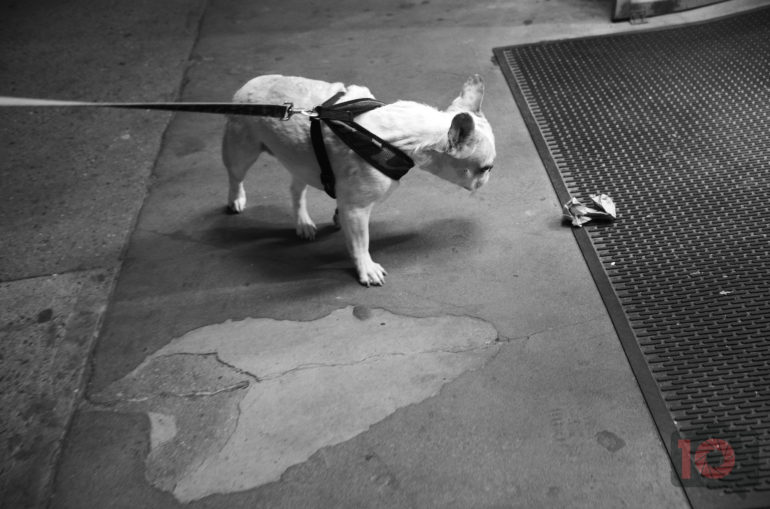
My recent time with the Leica M10 Monochrom was only a few hours on a dreary day in Midtown Manhattan. Operating it felt like coming back home to shooting. I was originally trained on Leica cameras and still value them for their zone focusing abilities. Though frankly, I haven’t found myself able to pull the trigger on a Leica digital camera yet. And outright, I don’t think the Leica M10 Monochrom would be a tool for me. But the photographer who would buy this camera is either a loaded hobbyist or one looking for something different in the Leica lineup to assist them with their work. Wedding photography, documentary photography, photojournalism, and other types of work involving capturing the moment can be done well with Leica cameras. While your Leica M10P can handle all of the main work needed of you, the Leica M10 Monochrom is something you’d pull out when you want to create an image that’s much different. That photo will have more details while also delivering great dynamic range. And even better; there’s no good reason to stay at a low ISO.

The Camera That’s Great at Any ISO

In retrospect, I found myself wanting to keep my ISO settings nowhere above ISO 12,800. The reason for this is because I didn’t want to have to deal with high ISO noise and detail loss. That’s something any reviewer or photographer will probably realize when they only get to play with the camera for a bit. The truth is that, with a Monochrome sensor, there’s no reason for me to not use any ISO I choose. And this liberation is one of the best things about the Leica M10 Monochrom. We’d previously only seen this in the Sony a7s series of cameras with the higher ISO settings looking like a painting after a while. But with the Leica M10 Monochrom, you’re getting output from a 40MP sensor instead of a 12MP sensor. The difference is very black and white–pun totally intended!
Will there be high ISO noise? Sure. But it’s going to look like film grain. Embracing this flaw as a unique part of the camera’s design is a very attractive feature. One could say the same thing about the Fujifilm Film Simulations, but honestly, nothing creates an image as unique as what my X Pro 3 does right now. The Leica M10 Monochrom works along that same thought process of shooting in Fujifilm Acros mode. Basically, shoot and worry about noise later.
The truth is that with a Monochrome sensor, there’s no reason for me to not use any ISO I choose. And this liberation is one of the best things about the Leica M10 Monochrom.
For years, I was annoyed that photographers made black and white photography as a crutch. So, I started a publication back in the day called La Noir Image. The stories catered to those who love black and white photography. With the Leica M10 Monochrom, I feel Leica is making a statement that black and white photography doesn’t need to be a crutch. Instead, it can actually be a useful tool for getting a shot. And that’s what we should think of it as.
Even further, the dynamic range on the Leica M10 Monochrom’s sensor is fantastic. You can get a lot of details from the highlights–much more so than you could have before. Combine this with Leica’s lenses, or those from 7Artisans, and you’re going to get a ton of details all around. The image quality is incredibly forgiving in the same way that Kodak Tri-X is.


The Leica M10 Monochrom In Hand
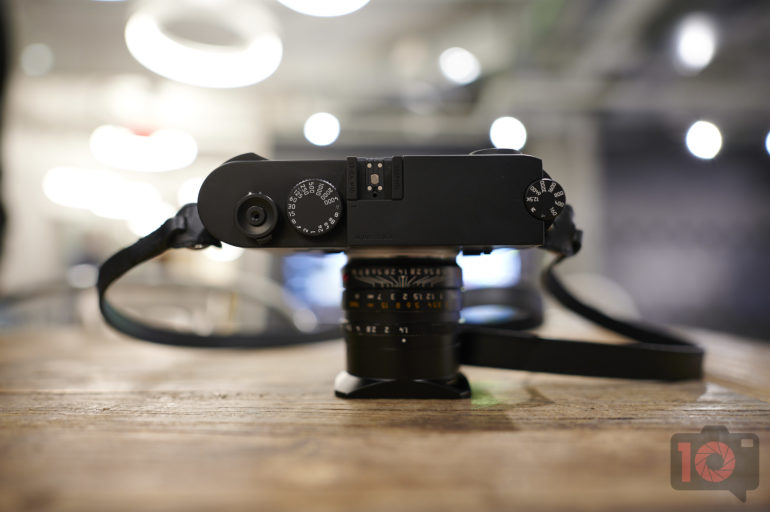
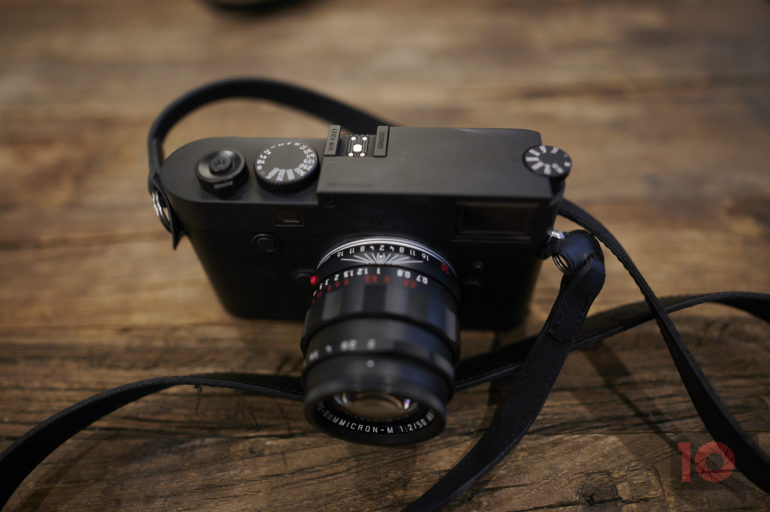

The Leica M10 Monochrom feels just like the Leica M10–which to that end feels a whole lot like an M4-P made digital. There is no ergonomic handgrip. You can add one, but I don’t like doing that. I instead like to hold my camera and know it’s always in my hand. Everything you need in terms of exposure adjustments is readily at your fingertips. There is a shutter dial, aperture around the lens, ISO dial, and exposure compensation should you feel the need to shoot in aperture priority. If you need to go into the menu system you’ll find that it’s not as complicated as you’d think. Additionally, the Leica M10 Monochrom has a fully operational touchscreen. This is something both Sony and Fujifilm continue to not do with lots of their cameras and it bothers me immensely.
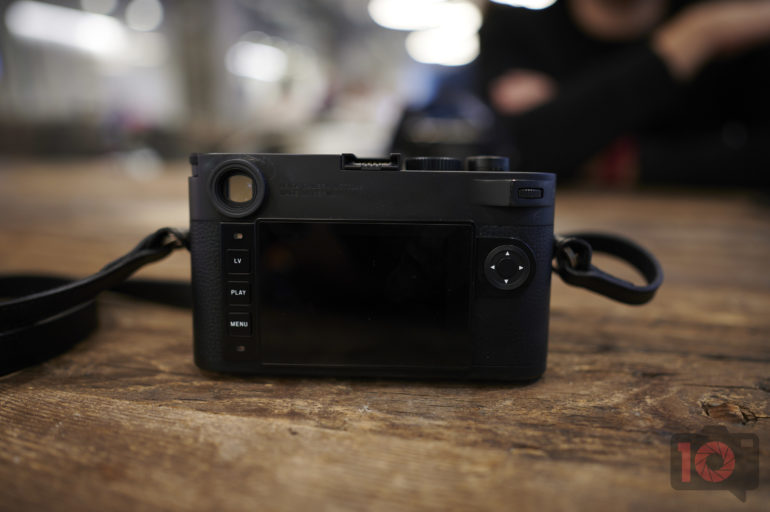
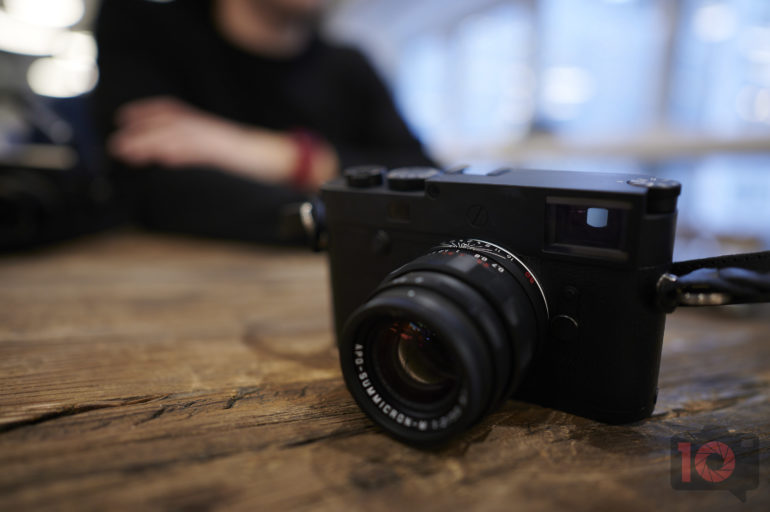

What you should also know is the Leica M10 Monochrom is built to be as tough as possible. While the system doesn’t have rubber gaskets the way many others do, Leica’s engineers and product managers believe the camera is designed to withstand a ton of abuse. Indeed, there are lots of stories of them doing just that. However, I really wish Leica at least started sealing their lenses. A rubber gasket at the mount is something I’d put more trust in, along with rubber throughout the lens itself. The cameras, as they are, are tough as nails. Just hold one.
Shooting the Leica M10 Monochrom
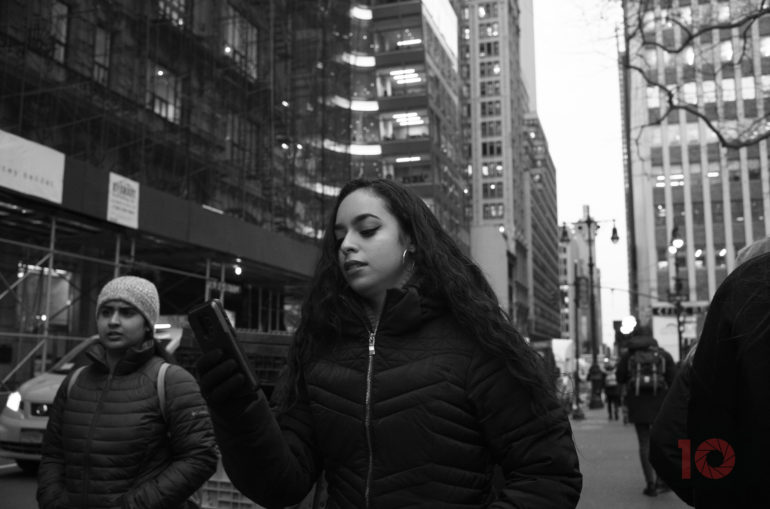
The Leica M10 Monochrom is a manual focus camera as the M mount lineup always has been. To that end, you’re supposed to zone focus. While you’re walking around, the key is to specifically pay attention to everything happening around you at a certain distance away. So if you’re focusing the lens out to five feet away, you pay attention to everything that is five feet away. Then, when you stop the lens down, it may mean that you have everything in focus from four feet to six feet away according to the way the zone focus markers work. Unfortunately, I don’t feel like they’re always that accurate.
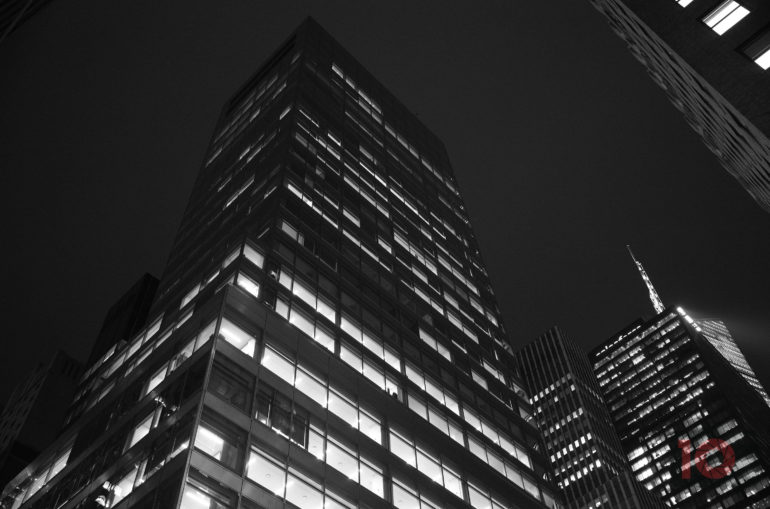
What’s really cool about the Leica M10 Monochrom is that you can shoot in monochrome mode or you can have the JPEGs take on a different look. There is a selenium look and a sepia look. The former is bluer while the latter is warmer.
My biggest qualm with the Leica M10 returned with the Monochrom. I personally feel like the rangefinder patch and viewfinder aren’t bright enough. Further, I think that the viewfinder needs a rubber cup on it by default for folks who wear eyeglasses.
Sample Images
Why Buy the Leica M10 Monochrom?
To be honest, everyone needs the Leica M10 Monochrom like they need an $8,000+ hole in their wallet. If you can justify the unique benefits it provides, then spring for it. Besides the build quality, there is the 40MP Monochrome sensor that liberates you from the problems of high ISO images and provides the forgiving dynamic range of film like Kodak Tri-X. Leica’s cameras also use Leica lenses to their fullest due to their design. If you’re going to buy this camera, then you need to go all in and get Leica’s lenses. They’re the sharpest on the market of those who make and support the M mount. So, what that means is even more money going into the system. If you’re someone who owns M mount glass, then you’re fine. In my mind, buying the Leica M10 Monochrom and not using Leica’s own lenses is like ordering the most expensive and beautiful cut of steak and having it served well done just so you can put ketchup on it. If you’re using a high megapixel sensor, you need lenses that can resolve it.



